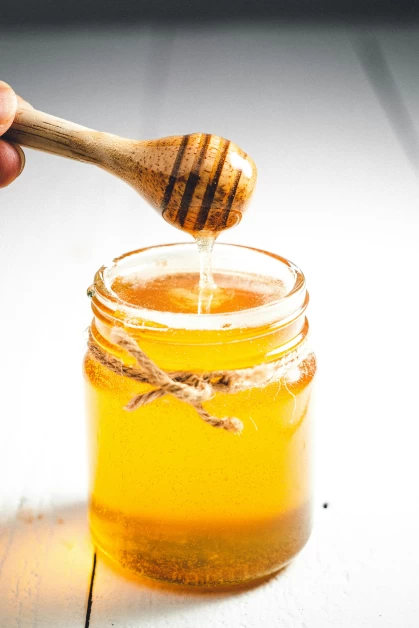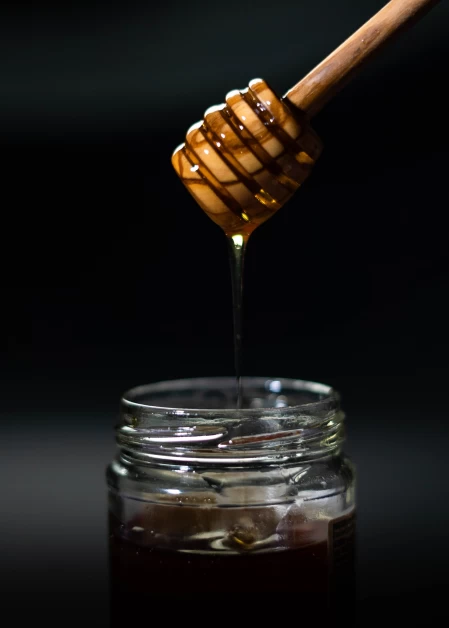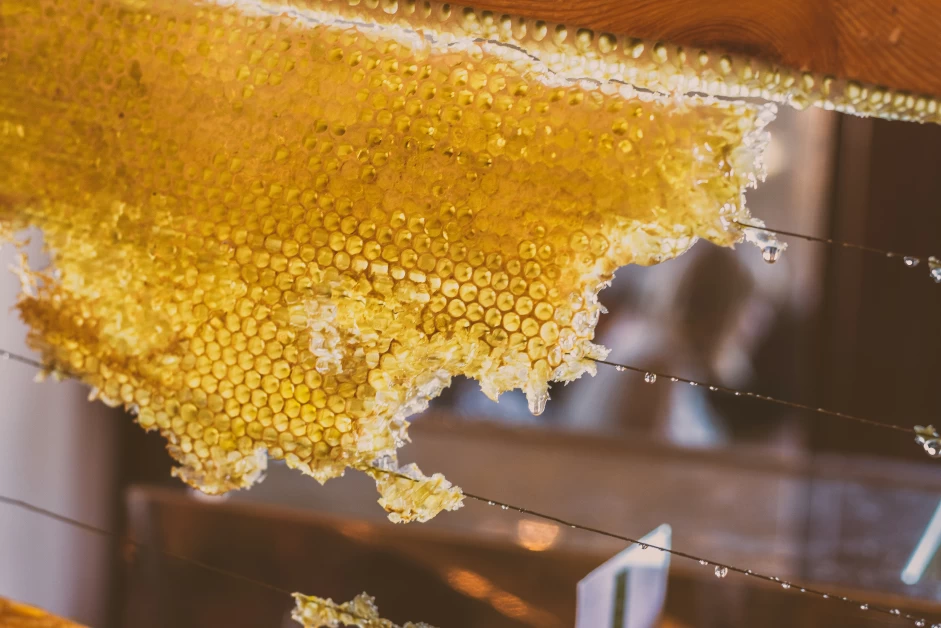Table of Contents
Introduction
Manuka honey is a well-known natural remedy that has been used for centuries. It has gained popularity due to its healing properties and its ability to treat various ailments. One such ailment is cuts. In this article, we will explore how manuka honey can be beneficial for treating cuts and promoting the healing process.
What Causes Cuts?
Cuts are a common occurrence in our daily lives. They can be caused by accidents, sharp objects, or even minor injuries. When the skin is cut, it creates an open wound that needs to be treated promptly to prevent infection and promote healing.
How Does Manuka Honey Help with Cuts?
Manuka honey is derived from the nectar of the manuka tree, which is native to New Zealand. It contains unique properties that make it an effective remedy for cuts. Here’s how manuka honey can help with cuts:
-
Antibacterial Properties: Manuka honey has potent antibacterial properties that can help prevent infections in cuts. It contains an enzyme called glucose oxidase, which produces hydrogen peroxide when it comes into contact with bodily fluids. This hydrogen peroxide helps kill bacteria and prevent their growth in the wound.
-
Anti-inflammatory Effects: Manuka honey has anti-inflammatory effects, which can help reduce inflammation and swelling around the cut. This can provide relief and promote faster healing.
-
Promotes Moist Wound Healing: Manuka honey creates a moist environment around the cut, which is conducive to wound healing. It helps prevent the wound from drying out and promotes the growth of new tissue.
-
Stimulates Tissue Regeneration: Manuka honey contains various compounds that stimulate tissue regeneration. This can help accelerate the healing process and reduce scarring.
How to Use Manuka Honey for Cuts
Using manuka honey for cuts is relatively simple. Here’s a step-by-step guide on how to use it effectively:
-
Clean the Cut: Before applying manuka honey, make sure to clean the cut with mild soap and water. This will help remove any dirt or debris from the wound.
-
Apply a Thin Layer of Manuka Honey: Take a small amount of manuka honey and apply it directly to the cut. Spread it evenly to cover the entire wound.
-
Cover the Cut: Once the honey is applied, cover the cut with a sterile bandage or dressing. This will help protect the wound and prevent external contaminants from entering.
-
Change the Dressing: It is recommended to change the dressing and reapply manuka honey at least once or twice a day, depending on the severity of the cut. This will ensure that the wound remains clean and properly treated.
Precautions and Considerations
While manuka honey is generally safe to use for cuts, there are a few precautions and considerations to keep in mind:
-
Allergies: Some individuals may be allergic to honey. If you experience any allergic reactions, such as itching, redness, or swelling, discontinue use and consult a healthcare professional.
-
Severity of the Cut: Manuka honey is most effective for minor cuts and abrasions. If you have a deep or severe cut, it is advisable to seek medical attention.
-
Quality of Manuka Honey: When purchasing manuka honey, look for a reputable brand that provides a Unique Manuka Factor (UMF) rating. This rating indicates the potency and quality of the honey.
-
Storage: Store manuka honey in a cool, dry place away from direct sunlight. Proper storage will help maintain its quality and effectiveness.
Conclusion
Manuka honey is a natural remedy that can be beneficial for treating cuts. Its antibacterial properties, anti-inflammatory effects, and ability to promote moist wound healing make it an effective choice for minor cuts and abrasions. Remember to clean the cut before applying the honey and change the dressing regularly. If you have any concerns or allergies, consult a healthcare professional. Harness the power of manuka honey for cuts and promote faster healing naturally.
Bold Focus Keyword: manuka honey for cuts









